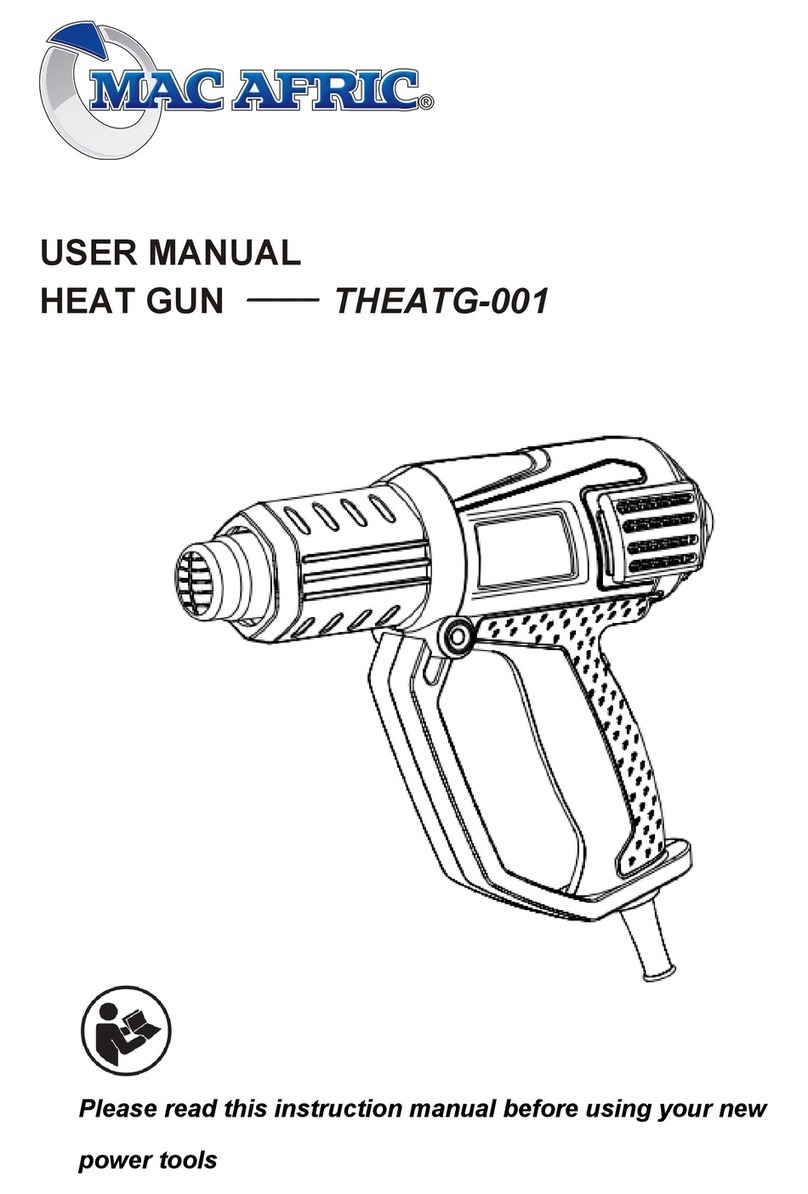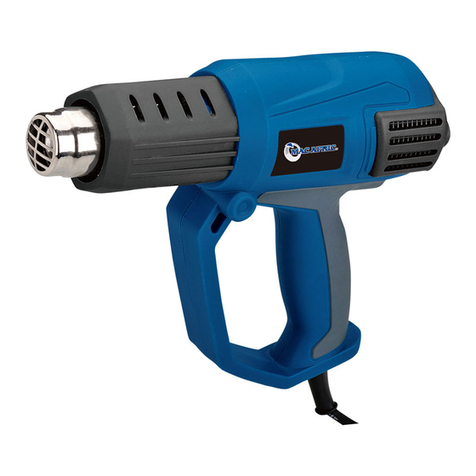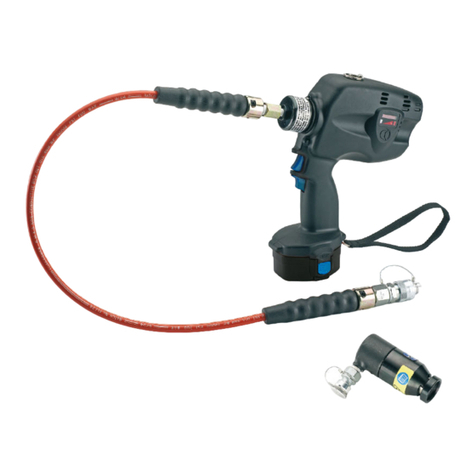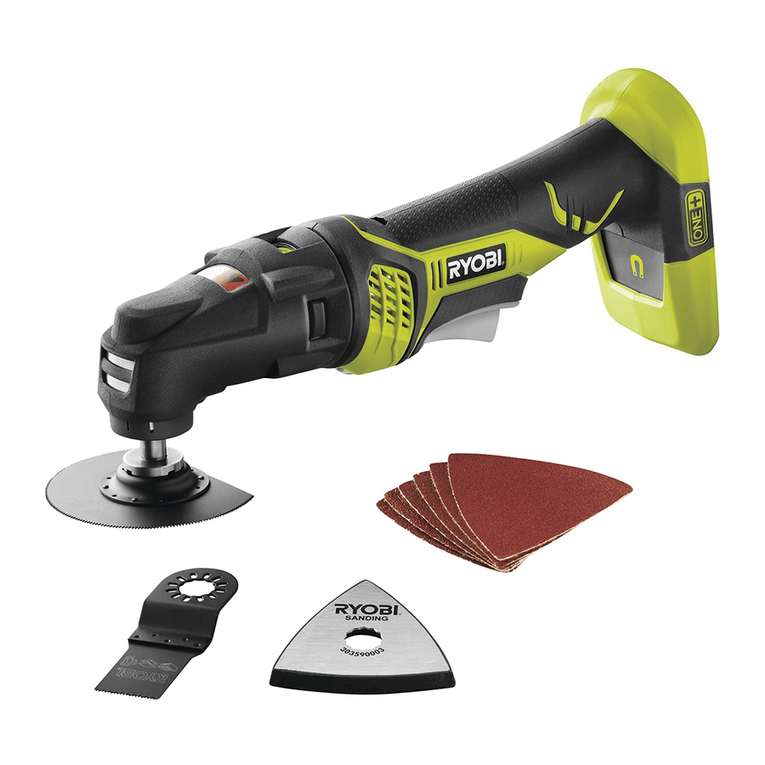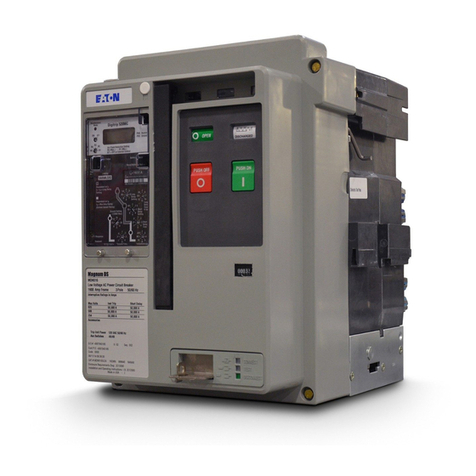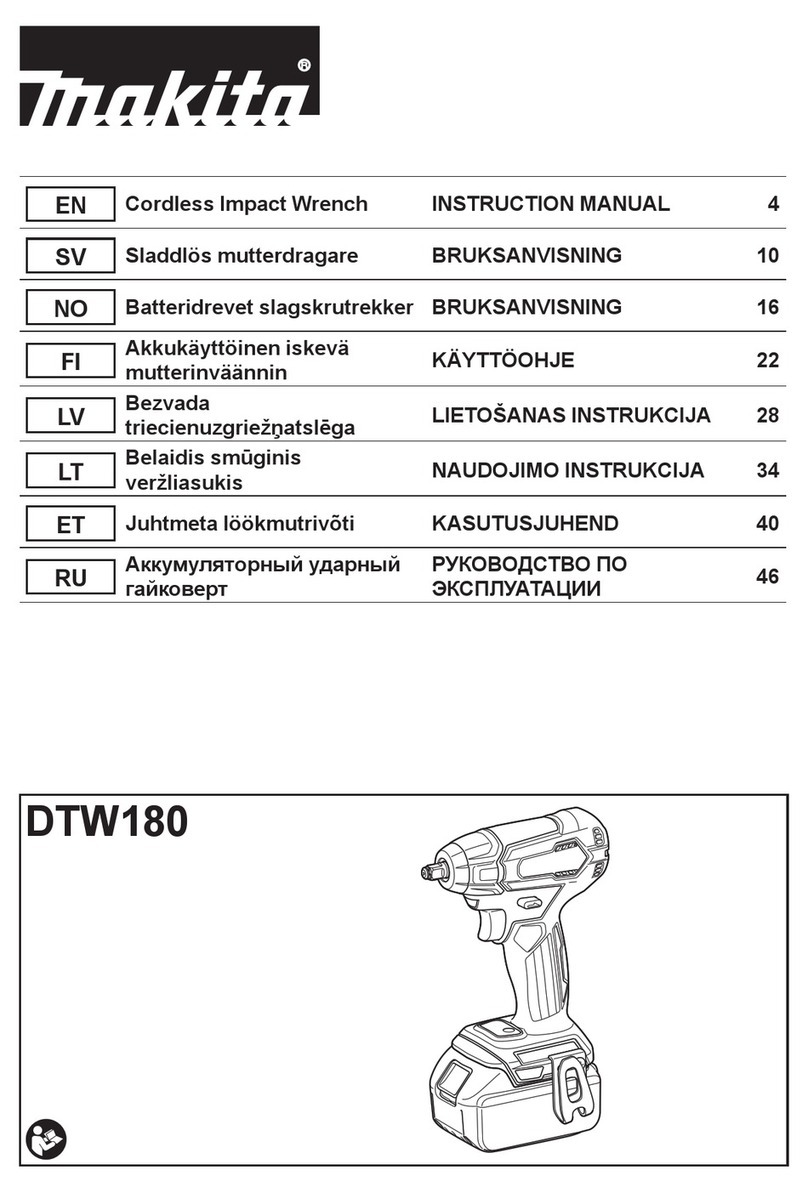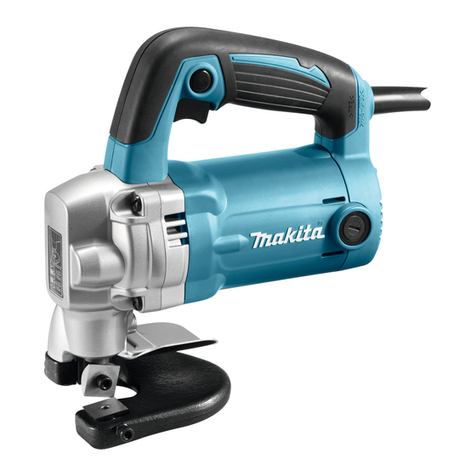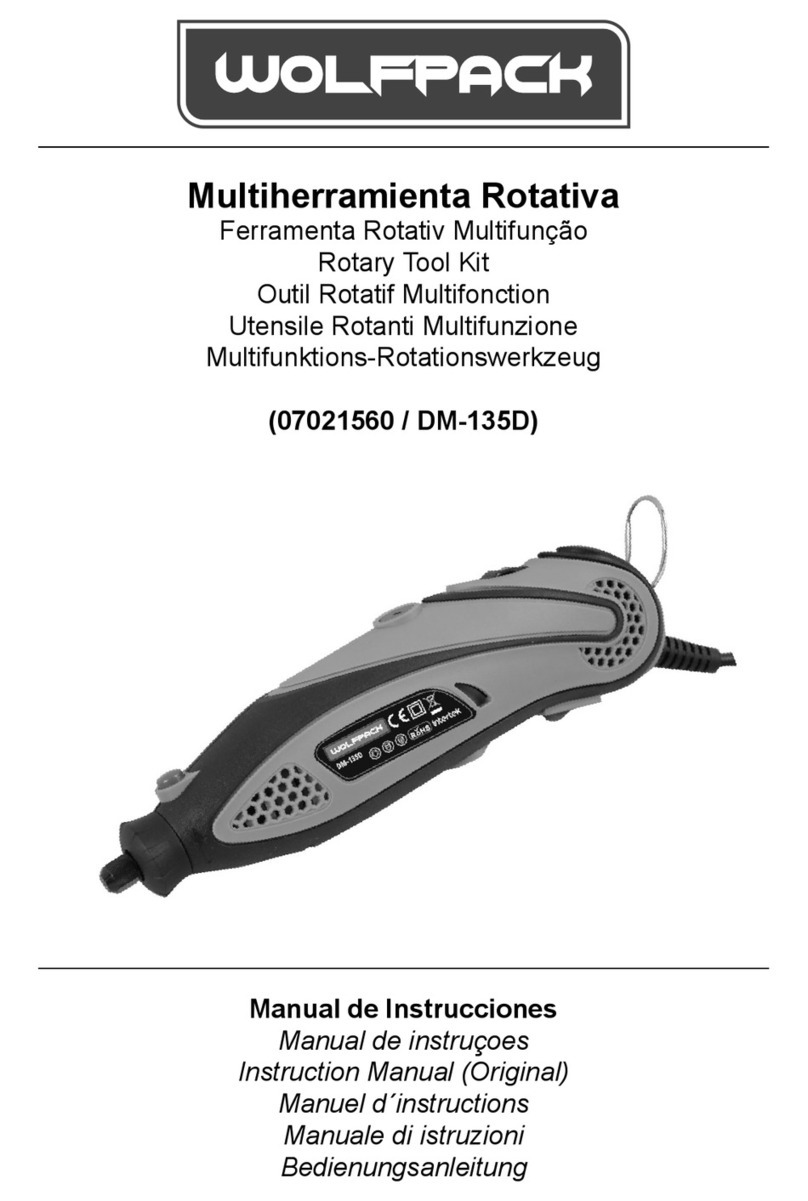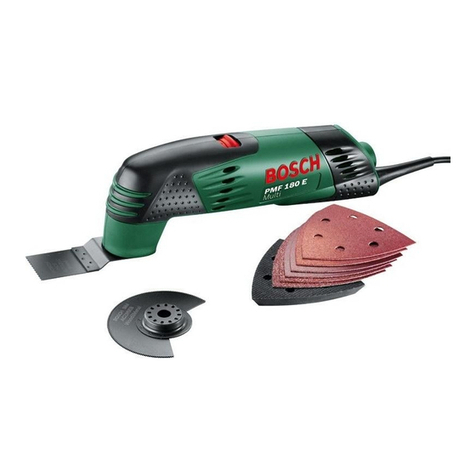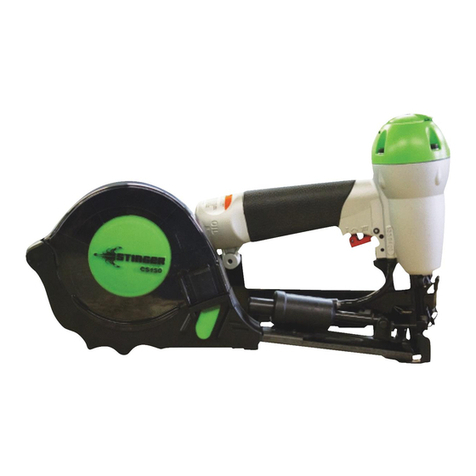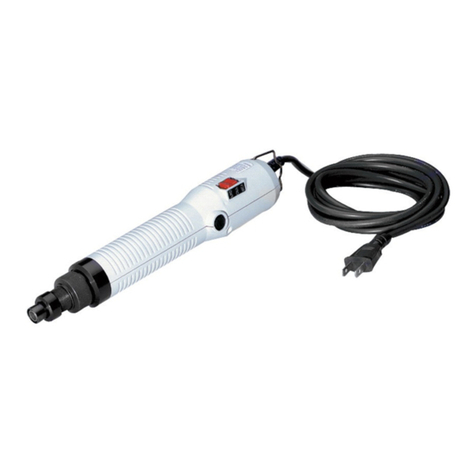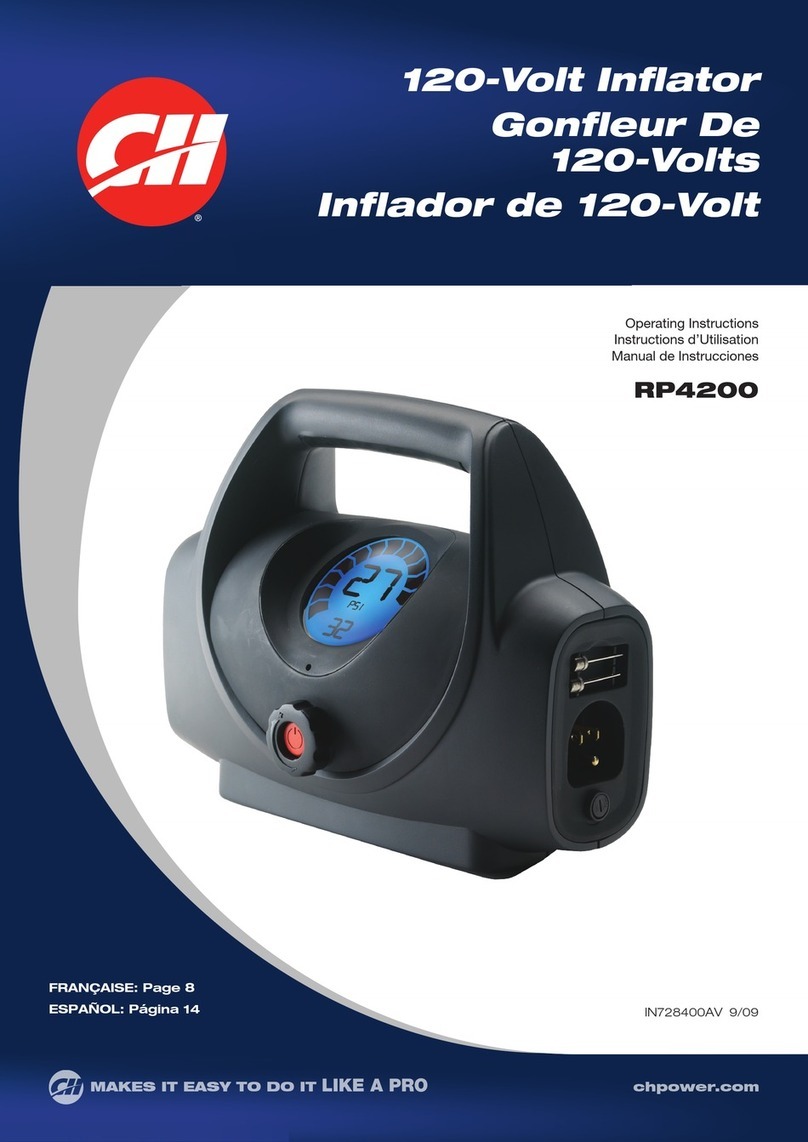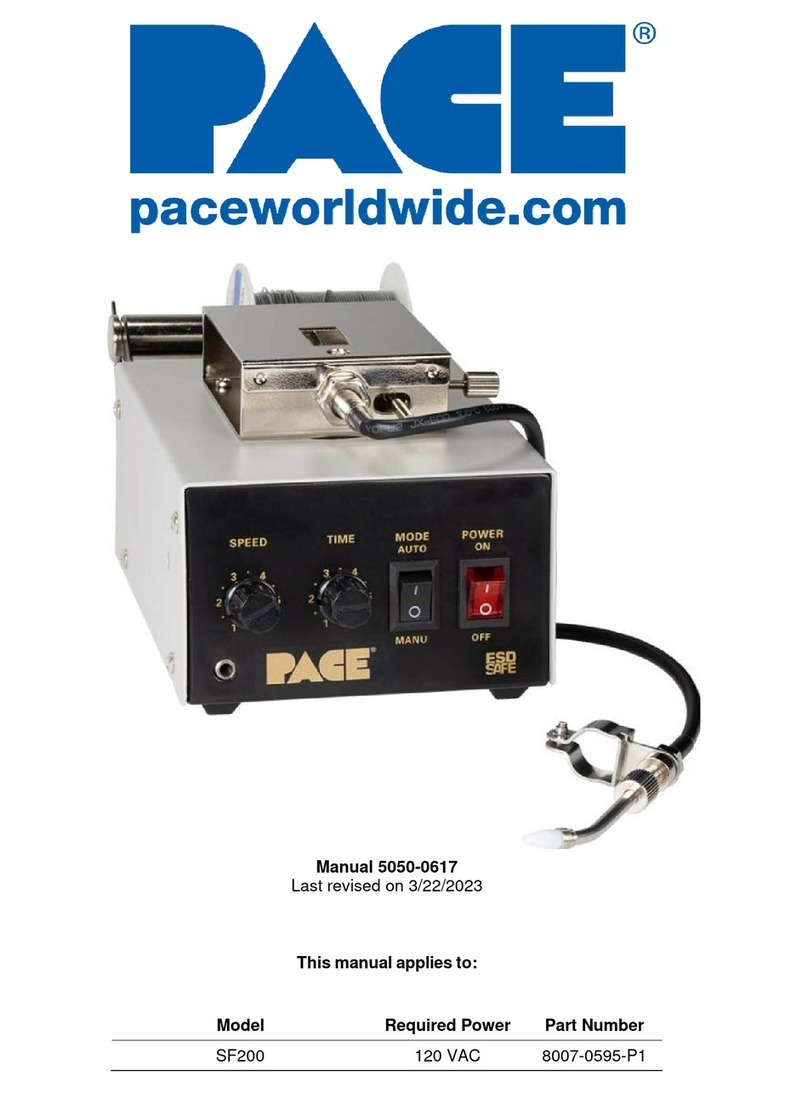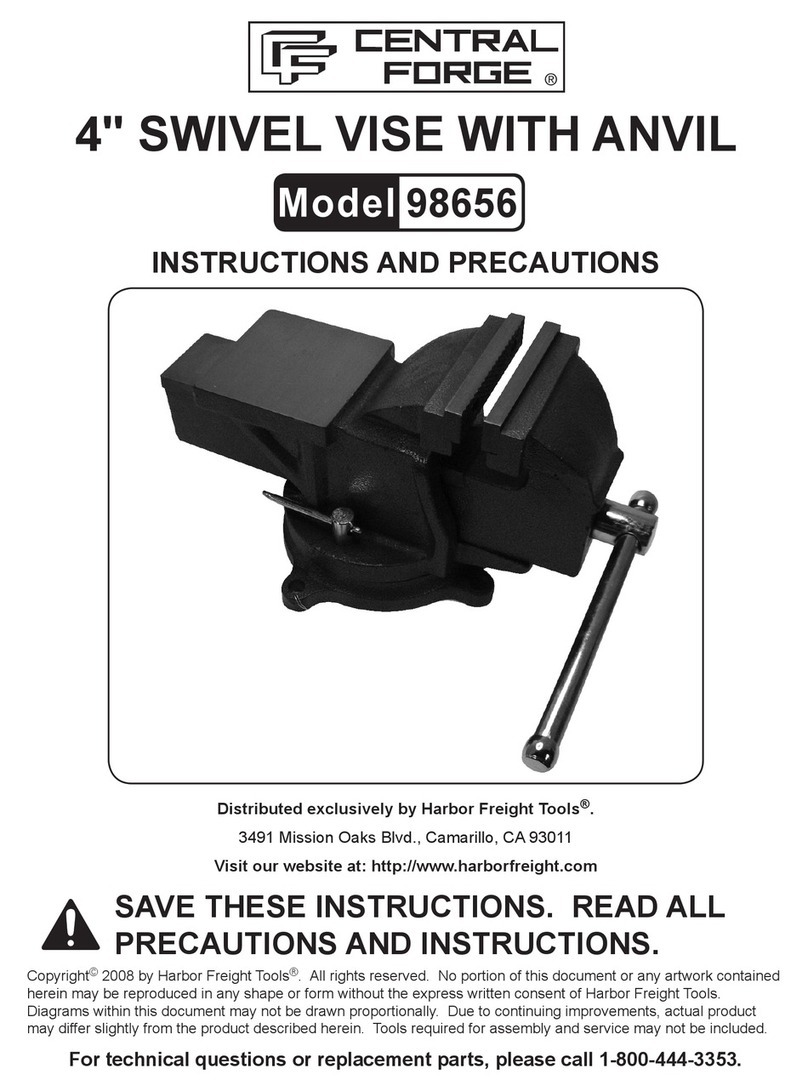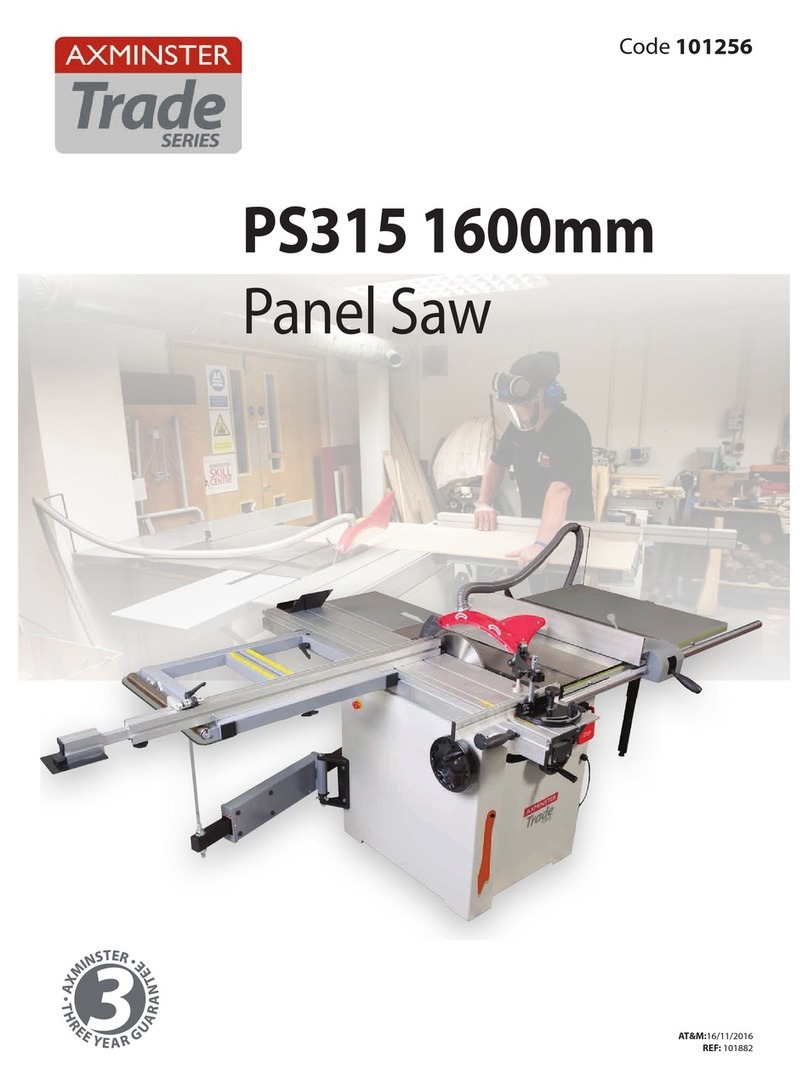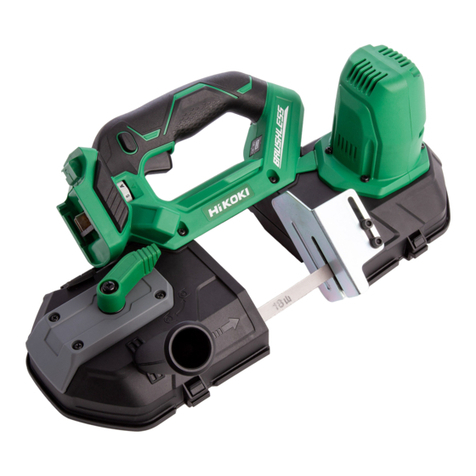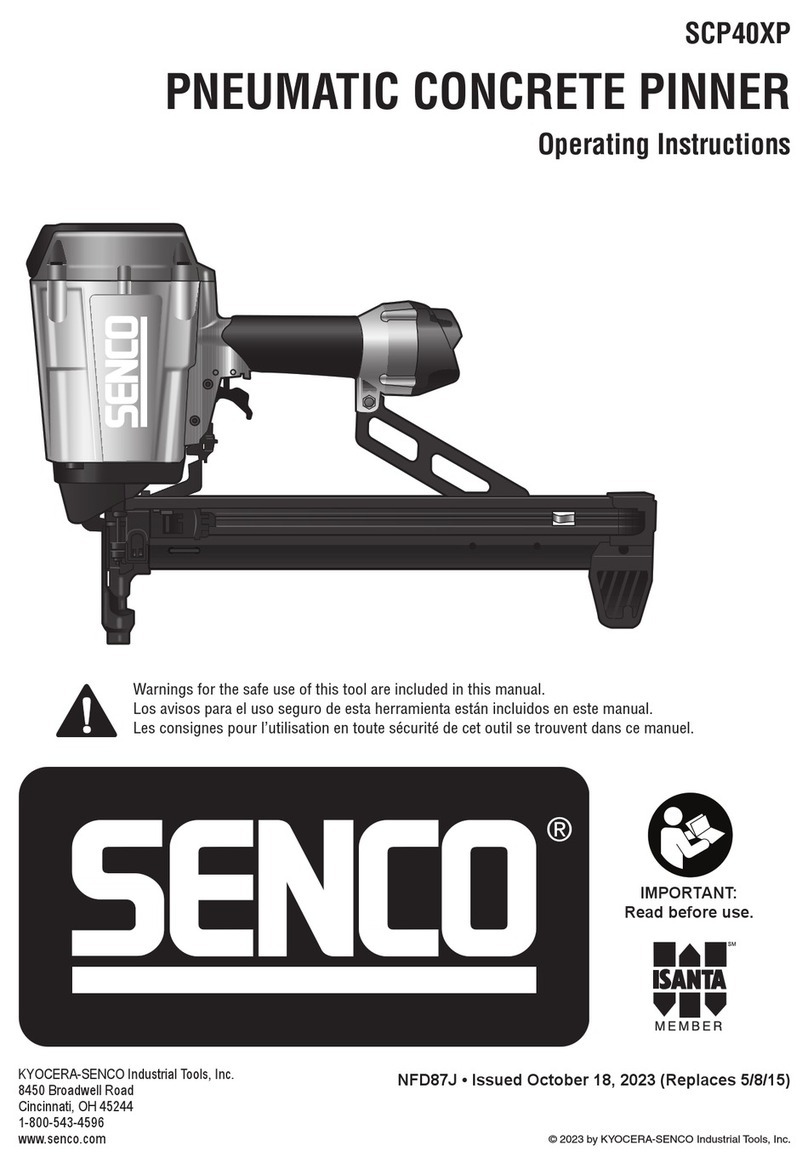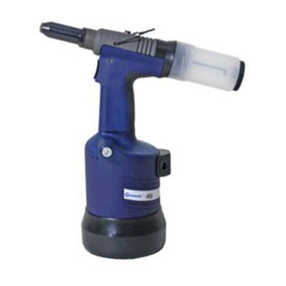Mac Afric WPLANE-200 Use and care manual

Operating Instructions and Parts List
8-inch Professional Jointer

................................................................................................................................. 19
.......................................................................................................................... 18
....................................................................................................................... 18
.......... 18
.......... 18
........... 18
......... 17
............. 17
..................... 16
.................. 16
.................................................................................................................... 16
........................ 15
..................................................................................................... 14
........................................................................................................ 14
................. 13
............. 12
...................... 12
................................................................................................................10
................10
...........................................................................8
.....................9
...........................3
.......20
.......21
.......22
.......23
Stand Diagram and Part List.........................................................................................................
Fence Diagram and Part List.......................................................................................................
Jointer Body Diagram and Part List.............................................................................................
Cutterhead Diagram and Part List.................................................................................................
..............................................................................................................................
Troubleshooting
................................................................................................................ 10Setting Outfeed Table Hight
.................7
..........................................................................................................................7
.......................................................................................................................6
..........................................................................................................................6
.........................5
Identification
......................2
2
Table of Contents ..............................................................................................................
Table of Contents
Warning........................................................................................................................
.............. 5
Specifications .................................................................................................................
Unpacking and Cleanup
Unpacking and Cleanup
Installing Bed to Stand ........................................................................................................
Installing Handwheels
Installing V-Belts .............................................................................................................
Installing Cutterhead Guard
Installing Dust Chute..........................................................................................................
Adjustments ....................................................................................................................
90° Fence Adjustment...........................................................................................................
45° Fence Adjustment........................................................................................................................ 12
Removing and Replacing Knives
Replacing or Rotating Knife Inserts
Gib Adjustment .................................................................................................................
Operation ......................................................................................................................
Jointing Warped Material
Direction of Grain.............................................................................................................
Bevel Cut......................................................................................................................
Taper Cut..............................................................................................................................
Rabbet Cut ...............................................................................................................................
Maintenance...............................................................................................................................
Lubrication ...............................................................................................................................
Blade Care...............................................................................................................................
Sharpening the Knives
Cutterhead Removal
Instakking Fende To Fence Carriage.............................

3
5. Do not use this jointer for other than its intended use.
Warning
1. Read and understand the entire owners manual before attempting assembly or operation.
2. Read and understand the warnings posted on the machine and in this manual. Failure to comply with
all of these warnings may cause serious injury.
3. Replace the warning labels if they become obscured or removed.
4. This jointer is designed and intended for use by properly trained and experienced personnel only. If
you are not familiar with the proper and safe operation of a jointer, do not use until proper training and
knowledge have been obtained.
6. Always wear approved safety glasses/face shields while using this jointer. Everyday eyeglasses only
have impact resistant lenses; they are not safety glasses.
7. Before operating this jointer, remove tie, rings, watches and other jewelry, and roll sleeves up past
the elbows. Remove all loose clothing and confine long hair. Non-slip footwear or anti-skid floor strips
are recommended. Do not wear gloves.
8. Wear ear protectors (plugs or muffs) during extended periods of operation.
9. Some dust created by power sanding, sawing, grinding, drilling and other construction activities
contains chemicals known to cause cancer, birth defects or other reproductive harm. Some examples
of these chemicals are:
•Lead from lead based paint.
•Crystalline silica from bricks, cement and other masonry products.
•Arsenic and chromium from chemically treated lumber.
Your risk of exposure varies, depending on how often you do this type of work. To reduce your
exposure to these chemicals, work in a well-ventilated area and work with approved safety
equipment, such as face or dust masks that are specifically designed to filter out microscopic
particles.
10. Do not operate this machine while tired or under the influence of drugs, alcohol or any medication.
11. Make certain the switch is in the OFF position before connecting the machine to the power supply.
12. Make certain the machine is properly grounded.
13. Make all machine adjustments or maintenance with the machine unplugged from the power source.
14. Remove adjusting keys and wrenches. Form a habit of checking to see that keys and adjusting
wrenches are removed from the machine before turning it on.
15. Keep safety guards in place at all times when the machine is in use. If removed for maintenance
purposes, use extreme caution and replace the guards immediately.
16. Make sure the jointer is firmly secured to the stand or a bench before use.
17. Check damaged parts. Before further use of the machine, a guard or other part that is damaged
should be carefully checked to determine that it will operate properly and perform its intended
function. Check for alignment of moving parts, binding of moving parts, breakage of parts, mounting
and any other conditions that may affect its operation. A guard or other part that is damaged should
be properly repaired or replaced.
18. Provide for adequate space surrounding work area and non-glare, overhead lighting.
19. Keep the floor around the machine clean and free of scrap material, oil and grease.
20. Keep visitors a safe distance from the work area. Keep children away.

4
21. Make your workshop child proof with padlocks, master switches or by removing starter keys.
22. Give your work undivided attention. Looking around, carrying on a conversation and “horse-play” are
careless acts that can result in serious injury.
23. Maintain a balanced stance at all times so that you do not fall or lean against the knives or other
moving parts. Do not overreach or use excessive force to perform any machine operation.
24. Use the right tool at the correct speed and feed rate. Do not force a tool or attachment to do a job for
which it was not designed. The right tool will do the job better and safer.
25. Use recommended accessories; improper accessories may be hazardous.
26. Maintain tools with care. Keep knives sharp and clean for the best and safest performance. Follow
instructions for lubricating and changing accessories.
27. Turn off the machine and disconnect from power before cleaning. Use a brush or compressed air to
remove chips or debris — do not use your hands.
28. Do not stand on the machine. Serious injury could occur if the machine tips over.
29. Never leave the machine running unattended. Turn the power off and do not leave the machine until it
comes to a complete stop.
30. Remove loose items and unnecessary work pieces from the area before starting the machine.
Familiarize yourself with the following safety notices used in this manual:
This means that if precautions are not heeded, it may result in minor injury and/or
possible machine damage.
This means that if precautions are not heeded, it may result in serious injury or possibly
even death.

5
......................................................
Motor.................................. 2HP,TEFC Capacity Start Induction
Table Surface.............................................................9”W x 71”L
........................................... 1/8"
Maximum depth of cut(per pass)
458 lbs
405 lbs
Positive Stops......................................................45ºL, 90º, 45ºR
Fence Tilt ................................................................... 45ºL, 45ºR
Knife Size.................................................. 8”L x 11/16”W x 1/8”T
Fence...................................................................4”W x 39-1/2”L
.............................................................. 1/2"
Number of Knives......................................................................4
.......................................................8"W x 1/2"D
Identification
Specifications
Cutting Capacity
Cutterhead Speed 5500 RPM
Rabbeting Capacity
Net Weight, Jointer and Stand (approx.).........................
Shipping Weight, Jointer and Stand................................
A.Outfeed Table
B.Infeed Table
C.Fence
D.Fence Tilt Handle
E.Outfeed Table Handwheel
F.Infeed Table Handwheel
G.Outfeed Table Lock
H.Infeed Table Lock
I.1/8"Depth Stop
J.Magnitic Switch
K.Cutterhead Guard
L.Fence Lock
M.4"Dust Port

Hardware Included
Tools Included
4 Hex Wrenches (3, 4 ,5, 8 mm)
3 10mm Flat Washer
1 10mm Lock Washer
1 Jointer Mounting Bolts
Hardware Included
Tools Included
K Belt Guard Lock
M Push Blocks*2
L Switch Emergency stop Paddle
J Fence Handle
I Knife Setting Jig
6
1 Stand with Motor and Switch
B Fence Carriage Assembly
G Handwheel Handles*2
H V-Belts*2
F Handwheels*2
E Belt Guard
D Dust Chute
C Cutterhead Guard
A Fence
Jointer-Body Assembly(Not shown)
Jointer Body Crate Contents
Jointer Body Crate
Stand Carton(Not shown in picture)
Note: Unit shipped in one crate and one carton.
Unpacking and Cleanup
Contents of Shipping Cartons
1 12/14mm Open End Wrench
1 8/10mm Open End Wrench
Tools Required for Assembly:
#1 Cross Point Screwdriver
6-8” Adjustable Wrench or 17 & 19mm Wrench
Unpacking and Cleanup
1. Carefully finish removing all contents from
both shipping cartons. Compare contents of
the shipping cartons with the list of contents
above. Place parts on a protected surface.
2. Set packing material and shipping cartons to
the side. Do not discard until machine has
been set up and is running properly.
3. Clean all rust protected surfaces (bed,
fence, etc.) with kerosene or diesel oil. Do
not use gasoline, paint thinner, mineral
spirits, etc. These may damage painted
surfaces.

4. Mount handle (C, Fig. 3) onto handwheel.
3. Re-install screw and washer (B, Fig. 3).
2. Press handwheel (A, Fig. 3) onto shaft,
Figure 3
7
in jointer body assembly(Fig. 1)
place bed assembly on top of stand.
Cutterhead knives are
dangerously sharp! Use
extreme caution when cleaning.
4. Apply a thin layer of paste wax to the bright
surfaces of the fence and tables to prevent
rust.
Installing Bed to Stand
1. Use an assistant or hoist mechanism to
2. Line up two holes in top of stand with holes
3. Attach bed assembly to stand with two 3/8"
lock bolts and lock washers (Fig. 2). Hand
tighten only at this time.
4. Line up third hole in stand with hole in bed
assembly by viewing through dust chute.
5. Install third 3/8" lock bolt and lock washer
through dust chute to secure bed to stand.
6. Tighten all three mounting bolts with 14mm
wrench.
Figure 1
Figure 2
Installing Handwheels
1. Remove protective tape from shaft, and
remove screw and washer.
aligning the keyway with the key. If
necessary, use a hammer with a block of
wood to tap the handwheel completely onto
the shaft.

Figure 5
8
Figure 6
Figure 4
5. Tighten cone screws while adjusting the
4. Lossen the two cone screws on the fence
And tighten it.
tighten the nut on cone screws(C Fig. 6).
the fence is secured and also preperly flexibe,
flexibility of the fence by tilting th fence. When
nuts on the fence (B Fig. 6).
carriage (A Fig. 6), line up with the two cone
3. Connect these two parts with the cap screw.
fence holder.(Fig. 5)
2. Line up the hole on the fence and thread on
on the fence holder.(Fig. 5)
with the two cap screws. (Fig. 4)
1. Lossen and take off the cap screw attached
4. Attach the fence carriage to jointer, make sure
Installing Fence Carriage to Jointer
Installing Fence to Fence Carriage
surface, tighten the cap screws.
the surface of carriage level with jointer table
3. Line up two open holes on the fence carriage
carriage.
2. Use an man assistant to hold the fence
the back of the jointer. Note-DO NOT
completely remove the cap screws.
1. Lossen the two cap screws attached on

9
(Fig. 5) on the mounting plate and push
is too loose, loosen the motor mounting bolts
aligned, loosen the bolts (A, Fig. 6) on the
Figure 6
cutterhead pulley are vertically aligned(Fig.5)
6. Check to make sure that motor pulley and
(Fig. 5)
sioning the v-belt with the weight of the motor.
Figure 5
5. Carefully allow the motor to slide downward
place v-belt onto motor pulley grooves,ten-
4. In stand, lossen the motor mount bolts.
motor mount bolts.
Note-DO NOT completely remove the
guard (B, Fig. 4).
2. Remove the lock knob (A, Fig. 4) and belt
Figure 4
Installing V-Belts
1. Disconnect the machine from the power
source, unplug.
3. Place v-belts onto cutterhead pulley grooves
and through opening in stand.
the v-belt does not contact the sides of the
opening in the base. If the pulleys are not
motor base and slide the motor until the belt
is aligned. Re-tighten screws.
6. The v-belt is properly tensioned when finger
pressure on the belt half way between the
two pulleys causes 1/2" deflection. If the belt
down on the plate. When belt tension is
correct, re-tighten screws.
7. After two hours of operation, check belt
tension again. Re-tension if necessary.
8. Re-install belt guard and lock knob.

10
table so it extends over the cutterhead.
1. Place a strightedge(C Fig. 9) on the out- Figure 9
reset the outfeed table hight as following:
the outfeed table hight before use, if it is changed,
However, it may change during the shipment, check
Setting Outfeed Table Hight
Attach the dust chute (Fig. 8) to the stand with
Figure 8
repeat STEP 1&2, increasing the spring tension
-If the guard does not snap back, remove it and
-If the guard drags across the table, raise it until
2. Test the guard by pulling in back and
1. Wind the tang the torsion spring back a
so the spring tang points tp the right and reset
half turn, and slide the guard shaft into the casting
Figure 7
Installing Cutterhead Guard
Installing Dust Chute
four screws and four flat washers, through the
pre-tapped holes in the stand.
against the casting.(Fig. 7)
letting go.
-The guard should snap back over the cutterhead
without dragging across the table. If it does,
tighten the shaft lock.
it won't drag, then tighten the shaft lock.
as needed.
Machine should be
disconnected from power source at this
time! Cutterhead blades are extremely sharp!
Use caution when hands are near the
cutterhead!
For most jointing operations, the surface of the
outfeed table must be level with the knife tips of
the cutterhead at their highest point of
revolution. The knife tips must project equally
from the cutterhead.
The outfeed table and cutterhead are adjusted
at the factory and should not require adjustment.

11
Figure 13
STEP 7&8 with the rest of the knives.
enough to just hold the knife in place. Repeat
pad of the knife setting jog. Snug the gib bolts tight
knife is set correctly, it will bearly touch the middle
screws to raise or lower the knife. When the
cutterhead(Fig. 13) and rotate the jack
jack screws through the access holes in the
the cutterhead over the blade. Find the
Loosen cutterhead gib bolt (A, Fig. 12)
8. Place the knife setting gauge (B, Fig. 12) on
by turning clockwise as viewed from the infeed
table as it is at the back of the table.
is at the same height at the front of the
It must have its knives parallel
it will
After the outfeed table has been set,
Figure 12
Figure 11
should look like Figure 11. Use care when
edge (C, Fig. 9) on the outfeed table and
9). Counter-clockwise will cause the
3. Loosen table lock screw (A, Fig. 9) and
is at top-dead-center(TDC), as shown
cutterhead pulley until one of the knives
Figure 10
table. (Fig. 15)
5. If fence is not square to table, release lock
handle (B, Fig. 14), loosen nut (D, Fig. 14),
and turn bolt (E, Fig. 14) until fence is
square to table.
6. Tighten nut (D, Fig. 14) to retain the setting.
Tighten lock handle (B, Fig. 14).
Figure 15
2. Rotate the cutterhead by turning the
raise the outfeed table to the height of blade
number one by turning handwheel (B, Fig.
outfeed table to raise. Clockwise will cause
the outfeed table to lower.Set a straight
across the cutterhead.
in Fig.10
4. Position of the table and straight edge
handling the straight edge near the blades
so as not to damage them.
5. When the outfeed table and blade number
one (or knife insert) are the same height,
tighten table lock screw.
need no further adjustments to the
cutterhead – skip steps 6 through 9 below.
with the outfeed table. Proceed as follows:
6. Bring the straight edge forward to the front
of the outfeed table and confirm that blade
7. If blade is higher or lower at one point,
table.

To Set the 45° Inward Fence Stop
12
Adjustments
Figure 17
stop block lossened in STEP 2
4. Retighten the set screw on the fence stop
2. Lossen the set screw on fence stop block
bracket.
contact with the back of the fence
3. Adjust the fence stop black until it makes
as shown in Fig. 17
45 inward position, as shown in Fig. 16
1. Using a 45 square, adjust the fence to the
5. Retighten the jam nut lossened in STEP 3.
contact with the 90 swing stop.
4. Adjust the 90 fence stop bolt until it makes
3. Lossen the jam nut on the 90 fence stop bolt
Fig. 15
in Fig. 15
2. Flip the 90 swing stop into the position shown
Figure 15
90 position, as shown in Fig. 14
1. Using a 90 square, adjust the fence to the
To Set The 90° Fence Stop
Note: Whenever making an adjustment to the
fence, lift the fence up slightly after releasing the
lock handle to avoid scratching the table.
Figure 16
Note: whenever making an adjustment to the
fence, lift the fence up slightly after releasing the
lock handle to avoid scratching the table.
°
Figure 14
°
°
°
°
°
°
°

To Set the 45° Outward Fence Stop
13
Figure 20
3. Tighten lock screws and lock nuts
As shown in Fig. 20
1. Loosen two lock nuts and gib lock screws.
Figure 19
until it makes contact with the back of the fence.
as shown in Fig. 19
as shown in Fig. 18
2. Adjust the 45 outward fence stop set screw
Figure 18
the fence to the 135 (45 inward) position.
1. Using a sliding bevel adjusted to 135 , adjust
Note: Whenever making an adjustment to the
fence, lift the fence up slightly after releasing the
lock handle to avoid scratching the table.
°
°°°
Gib Adjustment
After a period of use, the gibs may become
loose and need adjusting:
2. Tighten each set screw 1/4 turn starting at
the bottom and working up. If a 1/4 turn
does not remove all play, take another 1/4
turn. Repeat a 1/4 turn at a time for all three
set screws until play is removed.

14
remove the knife insert screw. See Figure 23.
Figure 23
Cutterhead Knives” found on page 10 of this
Figure 22
the lock bar with screws (B, Fig. 22).
Carefully remove the knife (A, Fig. 22), and
3. Loosen the lock screws (Fig. 21). Note:
Figure 21
care when hands are arround blade area!
Caution: blades are sharp! Use great
2. Remove blade guard.
The knife inserts on the Sprial Cutterhead Jointer
Removing and Replacing Knives
Disconnect the machine from
the power source before making any
adjustment or repair. All knife lock bolts
must be firmly tightened or risk ejection of
the knife(s) and lock bar from the cutterhead!
Failure to comply may cause serious injury!
1. Disconnect machine from power source.
Loosen screws by turning in a clockwise
direction as viewed from the infeed table.
Repeat for the other two blades.
4. Before assembly, clean all parts thoroughly
and clear cutterhead knife slots of any dust
or debris.
5. Insert knife into the cutterhead channel
making sure it faces the proper direction.
6. Insert lock bar and screws and tighten to
hold in place. Blades are set at the proper
height when the top of the blade is 1/16"
above the cutterhead.
7. Repeat for other two blades.
8. To set the knives to the outfeed table and to
the same height in the cutterhead, see
section titled “Leveling Outfeed Table to
manual.
Replacing or Rotating Knife Inserts
are four-sided. When dull, simply remove each
insert, rotate it 90° for a fresh edge, and re-
install it.
Use the two provided star point screwdrivers to
Use one of the screwdrivers to help hold the
cutterhead in position, and the other to remove
the screw. It is advisable to rotate all inserts at
the same time to maintain consistent cutting.
However, if one or more knife inserts develops a
nick, rotate only those inserts that are affected.
(Stright Knife Cutterhead Only)
(Sprial Cutterhead Only)

15
Figure 25
(Fig. 25).
fence (Fig. 24).
Figure 24
Each knife insert has an etched reference mark
so that you can keep track of the rotations.
IMPORTANT: When removing or rotating
inserts, clean saw dust from the screw, the
insert, and the cutterhead platform. Dust
accumulation between these elements can
prevent the insert from seating properly, and
may affect the quality of the cut.
Before installing each screw, lightly coat the
screw threads with machine oil and wipe off any
excess.
Securely tighten each screw which holds the
knife inserts before operating the planer!
Make sure all knife insert
screws are tightened securely. Loose inserts
can be propelled at high speed from a
rotating cutterhead, causing injury.
Operation
Keep all guards in place and
in adjustment at all times during the cutting
procedure! Keep hands away from the
cutterhead! Do not pass hands directly over
the cutterhead! The use of push sticks
and/or handle pads are highly recommended
when using the jointer! Failure to comply
may cause serious injury!
Jointing cuts or edge jointing are made to
square an edge of a workpiece. The workpiece
is positioned on the jointer with the narrow edge
of the workpiece on the infeed table and the
major flat surface of the workpiece against the
Planing cuts are similar. The major surface of
the workpiece is placed on the table with the
narrow edge of the workpiece against the fence

16
27). Several passes may be necessary for the
tearout (Fig. 26). If the direction of the grain
planing, use push blocks. (Fig. 25)
(Fig. 24)
Figure 27
Figure 26
For jointing and planing cuts pressure is directed
three ways; into the fence to ensure a square
cut, forward to advance the stock, and
downward to avoid chatter and vibration.
For jointing when the material is higher than the
fence, the left hand applies pressure into the
fence and down toward the table while the right
hand pushes forward from behind. Be sure to
keep the right hand high up on the material.
For jointing material that is lower than the fence,
use push sticks to protect the hands. For
Never
place the right hand on the trailing edge of
the material. Hand placement on the trailing
edge of the material may cause the hand to
come into contact with the blade.
Feed work from right to left at a steady,
moderate speed. If you feed the material too
slowly, the wood will burn in places. If you feed
the material too quickly, ridges will appear in the
finished surface.
Jointing Warped Material
If the work to be jointed is cupped or warped,
take light, repetitive cuts until the surface is flat.
Forcing the material flat against the table will still
leave a warped piece after the cuts have been
made.
Never joint any material
shorter than eight inches! The material may
tip into the jointer’s throat and be kicked
back! Avoid jointing thin material which
could become jammed under the fence or
blade guard! Failure to comply may cause
serious injury!
Direction of Grain
Feed the material with of the grain to avoid
changes somewhere in the board, try reducing
depth of cut and slow the feed speed down to
avoid tearout. If results still aren’t satisfactory,
turn the material around and try feeding through
the other way.
Bevel Cut
To cut a bevel, lock the fence at the desired
angle and run the material through, pressing the
work firmly against the fence and tables (Fig.
desired result.

17
equal to the width of the rabbet (Fig. 28).
Figure 28
Taper Cut
Taper cuts require the
removal of the cutterhead guard. Use
extreme caution when making taper cuts and
replace the guard immediately after
completion! Failure to comply may cause
serious injury!
One of the most useful jointer operations is
cutting an edge to a taper. This method can be
used on a wide variety of work; tapered legs of
furniture is a common example.
Instead of laying the piece down on the infeed
table, lower the forward end of the work onto the
outfeed table. Use caution, however, as the
piece will span the knives, and they will take a
“bite” from the work with a tendency to kick back
unless the piece is held firmly. Push the work
forward as in ordinary jointing. The effect is to
plane off all the stock in front of the knives to an
increasing depth, leaving a tapered surface.
The ridge left by the knives when starting the
taper may be removed by taking a very light cut
in the regular jointing procedure, with the infeed
table raised to its normal position.
Practice is required in this operation. Beginners
are advised to make trial cuts with scrap
material.
Rabbet Cut
Rabbeting requires the
removal of the cutterhead guard. Use
extreme caution when making rabbeting cuts
and replace the guard immediately after
completion! Failure to comply may cause
serious injury!
Note: Rabbet cuts are not applicable with the
Model JJ-8HH Jointer with helical head.
1. Adjust the fence so that the distance
between the end of the knives and fence is
2. Lower the infeed table an amount equal to
the depth of the rabbet. If the rabbet is quite
deep, it may be necessary to cut in two or
more passes.
3. In that event, the table is lowered an amount
equal to about half the depth of the rabbet
for the first pass, then lowered again to
proper depth to complete the cut.

18
(E, Fig. 30).
5. Remove nuts (D, Fig. 30) and lock washers
(B, Fig. 30) and key (C, Fig. 30).
4. Loosen set screw (A, Fig. 30) using a hex
Figure 30
paper. (Fig. 29)
Figure 29
Sharpening the Stright Knives
Maintenance
Lubrication
1. Use a good grade of light grease on the
steel adjusting screws located in the raising
and lowering mechanisms of the work
tables.
2. Occasionally, apply a few drops of light
machine oil to the gibs. This permits the
tables to slide freely.
3. The cutterhead ball bearings are lifetime
lubricated and need no further care.
Blade Care
Blades are extremely sharp!
Use caution when cleaning or changing.
Failure to comply may cause serious injury!
When gum and pitch collect on the blades,
carefully remove with a strong solvent. Failure
to remove gum and pitch build-up may result in
excessive friction and overheating.
When blades become dull, touch up blades.
1. Disconnect the machine from the power
source.
2. Remove the fence, blade guard and belt
cover.
3. To protect the infeed table from scratches,
partially cover the sharpening stone with
4. Lay the stone on the infeed table.
5. Lower the infeed table and turn the
cutterhead by turning the cutterhead pulley.
The infeed table height is set properly when
the stone’s surface is flush with the knife
bevel.
6. Keep the cutterhead from rotating by
grasping the cutterhead pulley while sliding
the stone back and forth across the table.
7. Take the same amount of passes for all
three blades.
When the blades have been sharpened, if they
still are not cutting efficiently, trying to touch up
the blades further will only cause the formation
of a second beveled edge. When this starts to
happen, it is time to replace blades with another
set.
It is recommended to keep a second set of
blades on hand so that they may be installed
while the first set is being professionally
sharpened.
Cutterhead Removal
Blades in the cutterhead are
sharp! Use extreme caution when handling
the removal of the cutterhead. Failure to
comply may cause serious injury!
The entire cutterhead assembly may be
removed for cleaning or for bearing and blade
replacement. Some woodworkers keep a spare
cutterhead with replacement blades should the
original cutterhead have to be repaired.
To remove the cutterhead (including bearings,
studs, and housing) from the base casting:
1. Disconnect the machine from the power
source.
2. Remove the fence assembly, cutterhead
guard, and belt guard.
3. Remove the v-belt from the cutterhead
pulley.
wrench and remove the cutterhead pulley

19
Readjust blades (Stright Knife).
level with outfeed table. (Stright Knife)
6. Lift assembly straight up. Studs (F, Fig. 30)
will still be attached to the bearing housings.
7. Before replacing the cutterhead back into
the casting, thoroughly clean the “saddle”
and the bearing housings of saw dust and
grease so that they seat properly.
8. To re-install the cutterhead, reverse the
above steps.
Troubleshooting
Trouble Probable Cause Remedy
Finished stock is
concave on the end. Knife tip is higher than outfeed table. Raise outfeed table so it is level with
knife tip.
Back side of finished
stock is thicker than
the front side.
Outfeed table is higher than knife tip. Adjust outfeed table so it is level with
knife tip.
Stock is concave in
the middle.
Table flatness should be checked with
a machinist’s square.
Adjust the screws below the table to
raise the table ends.
Both ends of finished
stock are cut deeper
than the middle.
Ends of tables are higher than middle. Raise table ends with adjustment
screws below tables.
Infeed or outfeed
tables are loose. Loose gib. Tighten gibs.
One blade set higher than the others. Readjust blades
Feeding wood too fast. Feed wood more slowly.
Ripples on planed
surface.
Kickbacks Cutting blades are set too high above
outfeed table, or they may not be
Motor Have motor checked by a qualified
repair station.
Excessive motor
noise.
Pulley set screw is loose. Tighten set screw.
Circuit overloaded with lights, tools,
etc. Do not share the circuit.
Undersize wires or circuit too long. Increase wire sizes, or reduce length
of wiring.
Voltage too low. Request voltage check from the
power company.
Motor fails to develop
full power or stalls.
Fuses or circuit breakers do not have
sufficient capacity.
Have a qualified electrician install
proper size fuses or circuit breakers.
Motor Have motor checked by a qualified
repair station.
Belt tension too tight. Adjust belt tension.
Motor starts slowly or
fails to come to full
speed.
Bad start capacitor. Replace start capacitor.

20
1BASE 1
2OUTFEEDTABLE 1
3INFEEDTABLE 1
4BRACKET 2
5HANDWHEELSHAFT 2
6RING 2
7SETSCREWM6-8 4
8TABLE ADJUSTROD 2
9CAPSCREW-M10x 30 4
10 WASHER-10 8
11 LOCKWASHER-M10 4
12 RETURNINGRING25 4
14 LIMITBLOCK 1
15 CAPSCREW-M8x16 3
16 SETSCREWM6-16 1
17 LIMITSHAFT 1
18 SPRING 1
20 LOCKSCREW 3
21 RABBETARM 1
22 LOCKWASHER10 4
23 CAPSCREW-M10x 40 4
24 FENCESUPPORT 1
25 GIB 2
26 BELTGUARD 1
27 CAPSCREW-M8x 14 2
ITEM DESCRIPCTION QTY 28 WASHER-8 2
29 KEY 1
30 ROLLPIN4-12MM 1
31 GUARDPIVOT SHAFT 1
32 ROLLPIN6-40 1
33 ROLLPIN6-35MM 1
34 CUTTERHEADGUARD 1
35 RETURNINGRING12MM 1
37 NUTM8 6
38 SETSCREW-M8x 40 4
39 SMIALLSHAFT 3
40 KEY 5x 5x 25 2
41 HAND WHEEL 2
42 HAND WHEELKNOB 2
43 WASHER-6 2
44 CAP SCREW-M6x16 2
45 ANSI B18.6.7M-M8x1.25x80 2
46 CUTHEADWARNING 1
47 SCALE 1
48 DEPTHPOINT 1
49 PHLPHD SCREW-M5x61
50 BLOCK 1
51 SPRING 1
52 KNOB 1
ITEM DESCRIPCTION QTY
12
540 4741
44
42
4337 10 22 23
20
21
49
48
33 31
32
3
46
35
34
27
26
10
11
9
37
15
16
1714
38 1
28
2
18
8
45
24
2930
10
22
23
6
47
51
25
BODY DIAGRAMANDPARTSLISTJOINTER
Table of contents
Other Mac Afric Power Tools manuals
